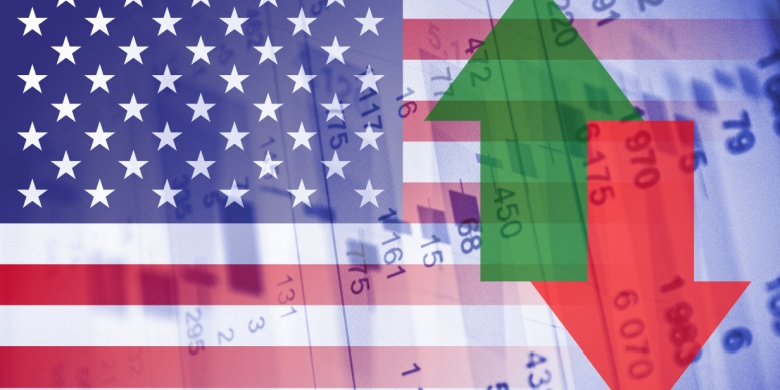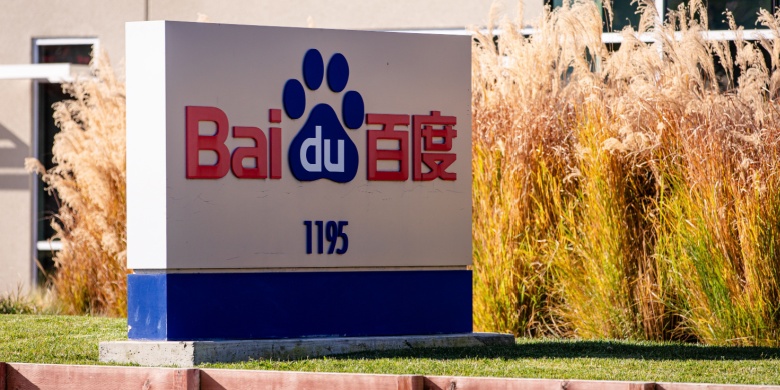Invest in Hotel Booking Stocks with Evest: Promising Opportunities in the Global Tourism Sector
The travel and tourism industry is experiencing rapid growth,
making hotel booking companies’ stocks among today’s top investment opportunities.
With rising demand for travel and online booking services,
major companies such as Booking.com, Airbnb, and TripAdvisor stand out as key destinations for investors.
Through the Evest platform, you can easily trade these companies’ stocks and enjoy strong benefits,
including a 0% commission on stock trading and a Sharia-compliant Islamic account.
Contents:
What are Online Booking Stocks
Why Invest Now in Online Booking Stocks
Top Hotel Booking Companies in the Market
Start Investing Now with Evest
What are Online Booking Stocks?
These are stocks of companies that offer hotel booking and accommodation services online.
These services may include flight bookings, car rentals, tours, and other travel-related services.
Examples of Online Booking Stocks:
- Booking.com – A leading company in online hotel bookings.
- Airbnb – A global platform for short-term rentals, apartments, and homes.
- Tripadvisor – A site combining traveler reviews with direct booking services.
- Expedia Group – One of the largest firms managing platforms like Hotels.com and Vrbo.
Why are they important for investors?
Because these companies benefit from the global tourism recovery and the increasing number of travelers year after year.
As individuals and businesses continue to rely on digital services for booking trips and accommodations,
These stocks have become even more attractive for investment.
Why Invest Now in Online Booking Stocks?
The travel sector is heading for a strong recovery in 2025!
Major financial institutions expect significant growth in the online booking industry,
driven by a surge in global travel demand and the strong comeback of international tourism after years of slowdown.
Did you know? Stocks like Booking.com and Airbnb have performed strongly in recent months,
with expectations of continued growth supported by higher booking rates and global tourism spending.
Why Do Investors Choose Evest?
- 0% Commission on Stocks: Trade global stocks without paying any commissions and keep 100% of your profits.
- Sharia-Compliant Islamic Account: Interest-free accounts with no hidden fees, fully compliant with Islamic law.
- User-Friendly & Flexible Platform: Professional tools suitable for all levels of investors.
- 24/7 Support: Professional customer service around the clock.
Commission-Free Trading with Evest
Trading with Evest gives you a competitive advantage with a 0% commission,
enhances your returns, and gives you the freedom to invest without additional financial burdens.
Sharia-Compliant Islamic Account
With Evest, you can open a real Islamic account free of overnight interest charges.
This allows you to trade confidently and fully comply with Islamic finance principles.
Top Hotel Booking Companies in the Market:
- Booking.com
A global booking platform serving millions of travelers, offering booking options in over 220 countries,
and considered one of the top companies in the sector due to its vast reach and user-friendly interface.
- Booking Holdings
Booking.com’s parent company manages major brands like Agoda, Kayak,
and Priceline and is regarded as one of the strongest players in the online booking industry.
- Airbnb
A leading company that transformed the accommodation sector through short-term rentals and local experiences,
benefiting from the growing demand for authentic travel experiences.
- Tripadvisor
A review and booking platform that helps travelers make informed decisions
while also providing direct booking services for hotels and tours.
Start Investing Now with Evest
Take advantage of opportunities in global tourism markets:
0% Commission on Stock Trading
Sharia-Compliant Islamic Account
Professional Support & Secure Platform
Open your account now and start investing with Evest – your safe gateway to global markets!
Invest in Hotel Booking Stocks with Evest: Promising Opportunities in the Global Tourism Sector









